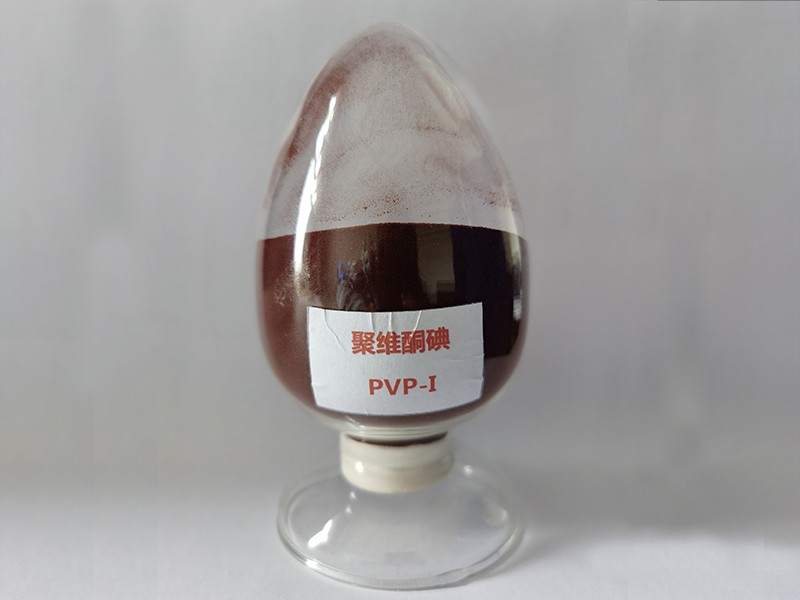Through the method of preparing granular medicine, cortexin, a poorly soluble antioxidant, has the dissolution rate. In their study, three methods were used to improve the dissolution rate of quercetin. Compared with the free precipitation in the solvent/antisolvent system, the prepared particles showed a higher dissolution rate in the first 30 minutes in purified water. The solubility is increased by 2.3 times. The average particle size of the particles ranges from 0.23 to 0.34 μm, and the particles are dried in an oven to produce ibuprofen particles. Respectively, it forms a solid dispersion with PVP Pluronic F127, forms a β-cyclodextrin complex and prepares particles. The results showed that the complex forms of quercetin and the solid dispersion state of quercetin significantly improved the dissolution rate, but the dissolution rate of quercetin particles was significantly higher than that of the untreated drug. They used the method of suspension evaporation and precipitation To prepare particles, and study the effect of various antisolvents on particle size and shape. Using hexane as the anti-solvent, small particles of 220 nm were obtained. When water is the anti-solvent, the formed particles are large and irregular in flake shape. When benzene exists or hexane is used as the anti-solvent, the particles are small and needle-shaped.
Due to slow dissolution, oral bioavailability is low. Mansouri and his colleagues used a solvent/antisolvent precipitation method to reduce the particle size of ibuprofen to produce particles with a diameter of about 300-400 nm. They use isopropanol as a solvent, water as an anti-solvent, sodium lauryl sulfate, PVP, sodium lauryl sulfate, and Tween 80 as a stabilizer. In their research, antisolvent precipitation was used as a simple and effective method to produce poorly soluble ibuprofen particles.
Meloxicam is a drug with poor water solubility and poor bioavailability. Raval and Patel reduced the size of meloxicam and transformed it into an amorphous form, and the prepared meloxicam particles were effectively improved in terms of dissolution. These particles prepared by anti-solvent will precipitate under high pressure and in the presence of hydroxypropyl methyl cellulose and sodium lauryl sulfate. Through such a combination, meloxicam particles with a significantly improved dissolution rate were produced. Before and after meloxicam was made into particles, the dissolution rate of this drug increased from 7% to 82%. They used a spray drying method to coagulate the meloxicam particles. Badawi and his colleagues prepared the crystallization of itraconazole, a relatively simple and low-cost method using ultrasonic precipitation technology. They developed twelve plans for the preparation of ITZ crystals using the dichloromethane solvent phase and the ethanol anti-solvent phase. Use one of Tween 80 or Pluronic F127, HPC, HPMC or inutecSP1 as a stabilizer for antisolvent or solvent phase stabilizer. Cool the final solution and dry the crystals. Compared with pure ITZ, the dissolution rate of the prepared crystals at 10 minutes is increased by 3.8-8.6 times. Albendazole is the second category with low bioavailability characteristics.




 全国服务热线
全国服务热线
